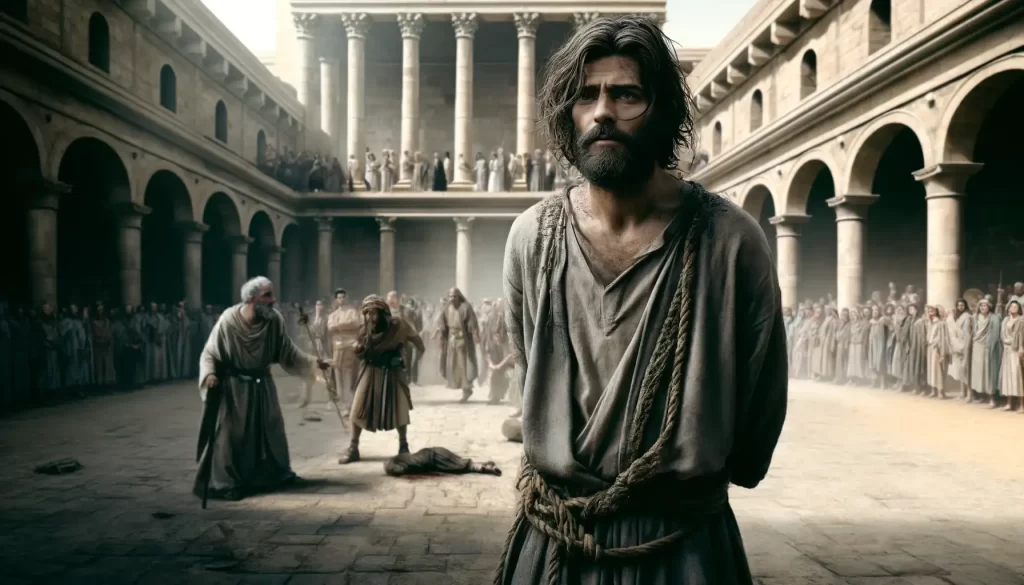
National Association of Christian Ministers Summary Series
Barabbas is a figure mentioned in the New Testament of the Bible, particularly in the accounts of Jesus’ trial and crucifixion. His story is primarily found in the four Gospels: Matthew, Mark, Luke, and John. Here is a brief biography of Barabbas along with relevant scriptural citations:
- Name and Background: Barabbas’ full name is mentioned as “Jesus Barabbas” in Matthew 27:16-17 and Mark 15:7. The name “Barabbas” is of Aramaic origin, with “bar” meaning “son of” and “abbas” meaning “father” or “teacher.” He is often referred to as a “notorious prisoner” in the Gospel accounts (Matthew 27:16).
- Crimes and Imprisonment: Barabbas was a criminal and a rebel who had committed acts of insurrection and murder. He was likely involved in a political uprising against Roman authority in Jerusalem. In Mark 15:7 and Luke 23:19, he is said to have participated in a recent rebellion in which there was a murder.
- Trial and Release: During the events leading up to the crucifixion of Jesus, Pilate, the Roman governor, offered the crowd a choice between releasing Jesus or Barabbas as a gesture of goodwill for the Passover festival (Matthew 27:15-21, Mark 15:6-15, Luke 23:13-25, John 18:39-40). The chief priests and elders persuaded the crowd to demand the release of Barabbas instead of Jesus.
- Release of Barabbas: Pilate gave in to the demands of the crowd and released Barabbas, while he ordered Jesus to be crucified (Matthew 27:26, Mark 15:15, Luke 23:24-25, John 19:16).
- After Release: The Bible does not provide further information about Barabbas’ life after his release. His story serves primarily as a contrast to Jesus, highlighting the choice between the innocent Son of God and a guilty criminal.
The story of Barabbas illustrates the concept of substitution, where Jesus takes the place of a guilty person (Barabbas) in the redemptive narrative of Christianity. The name “Jesus Barabbas” can be seen as symbolizing the choice between the two “Jesus” figures—one representing the way of violence and rebellion, and the other representing the way of sacrificial love and redemption.




